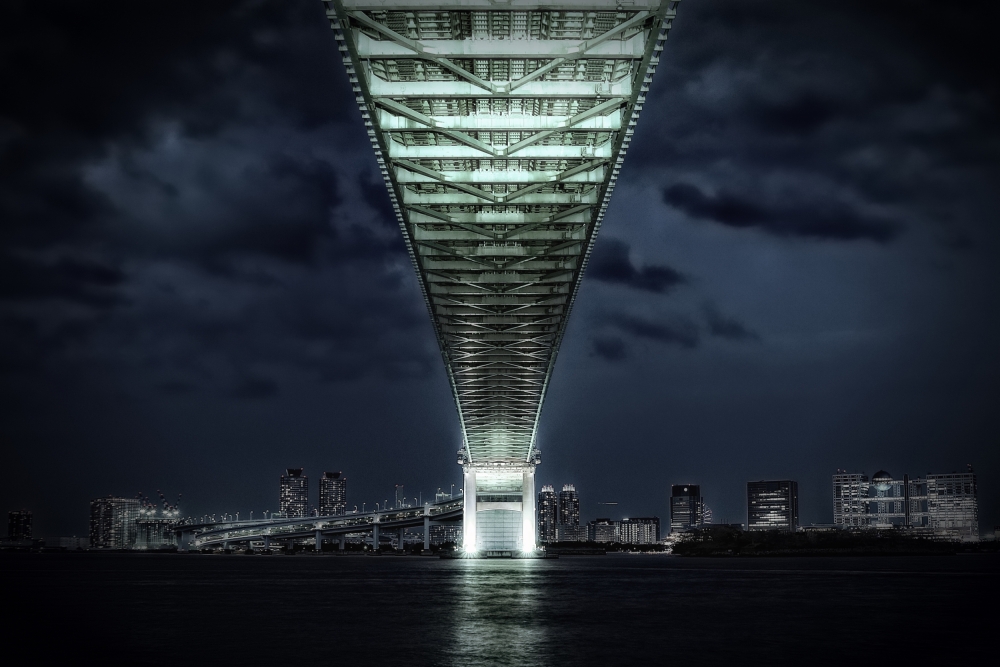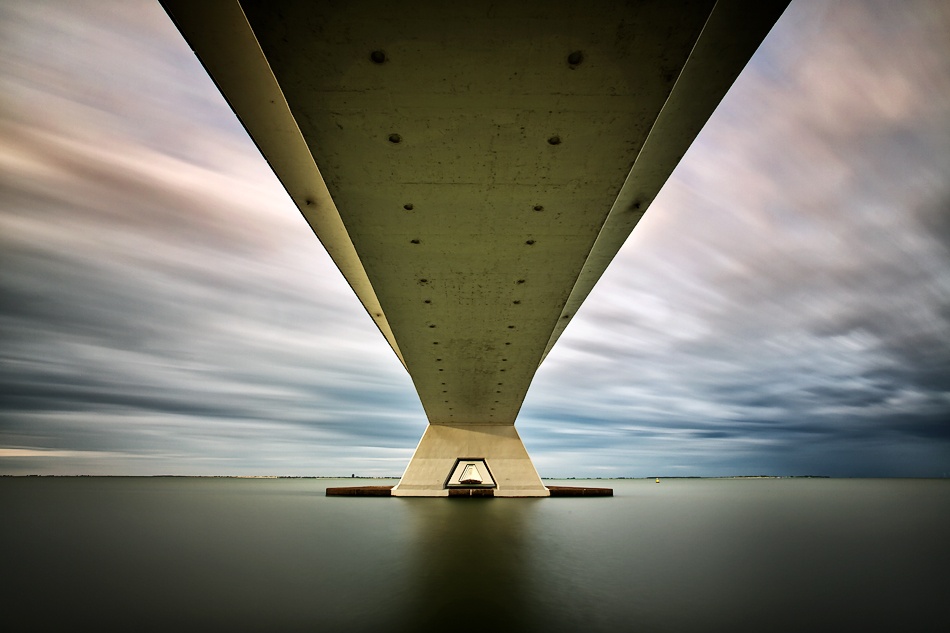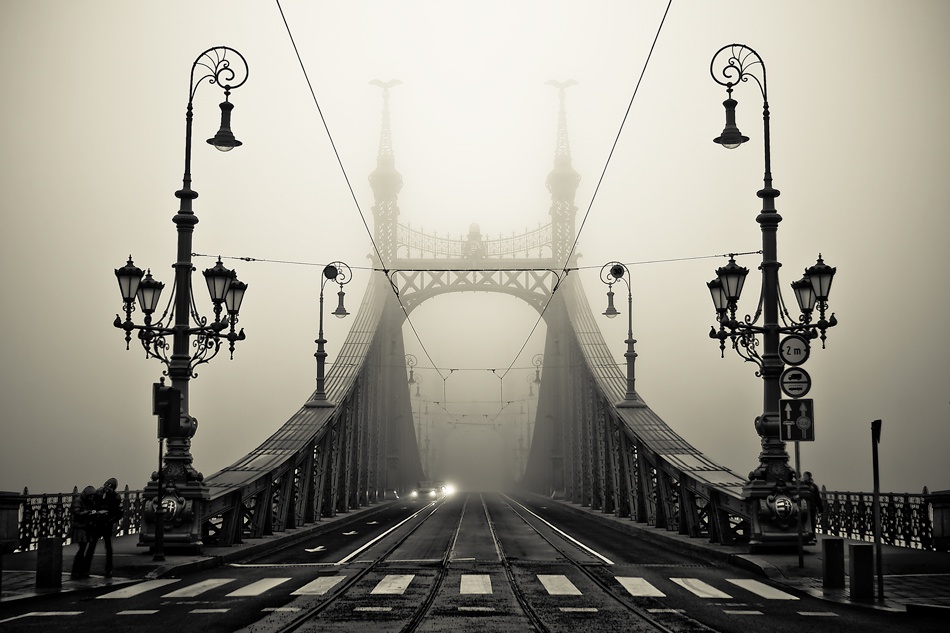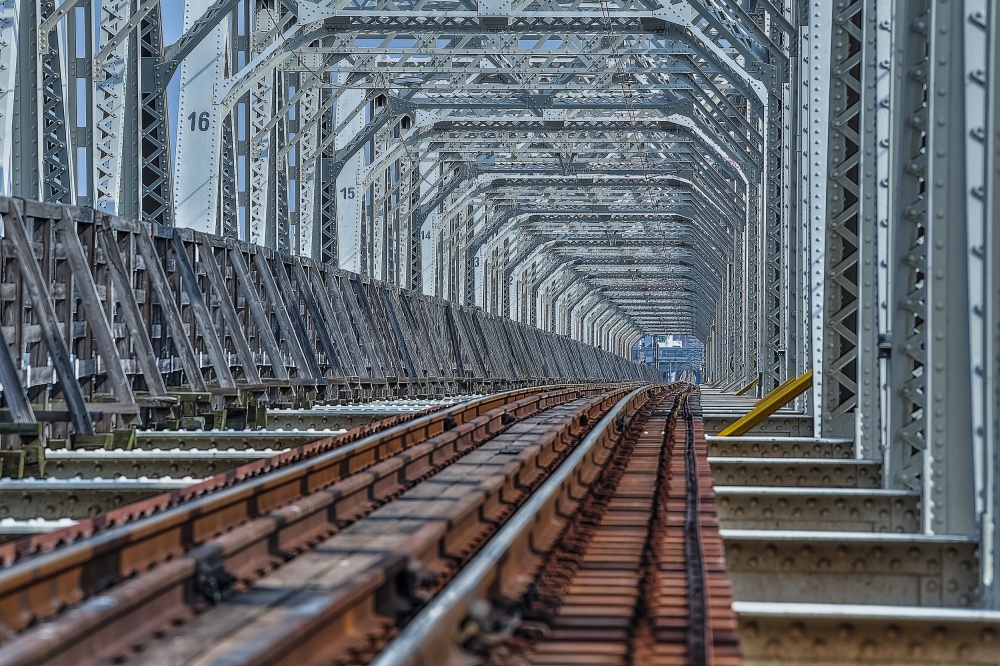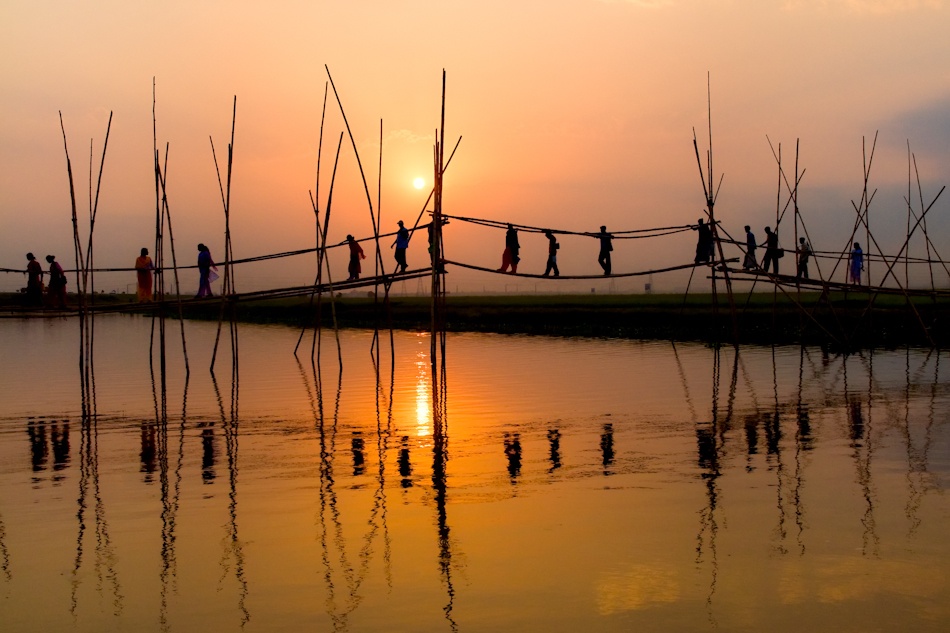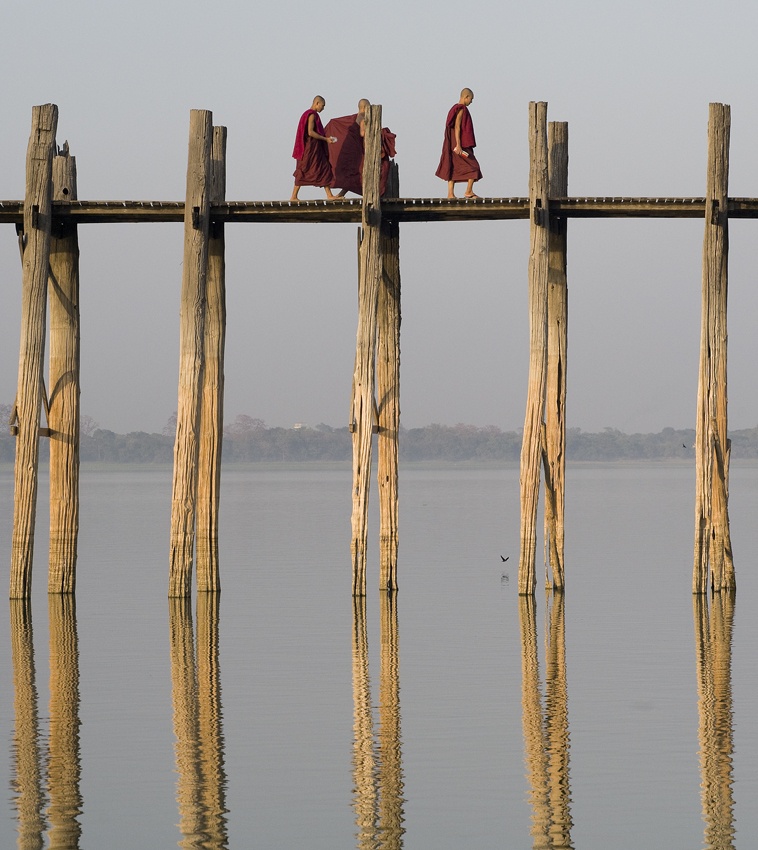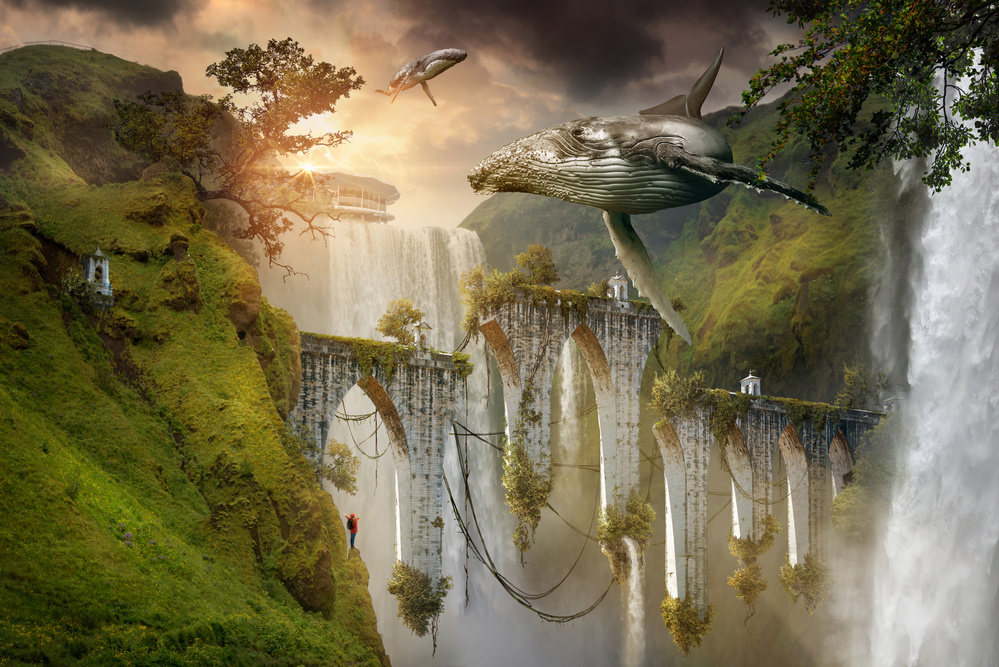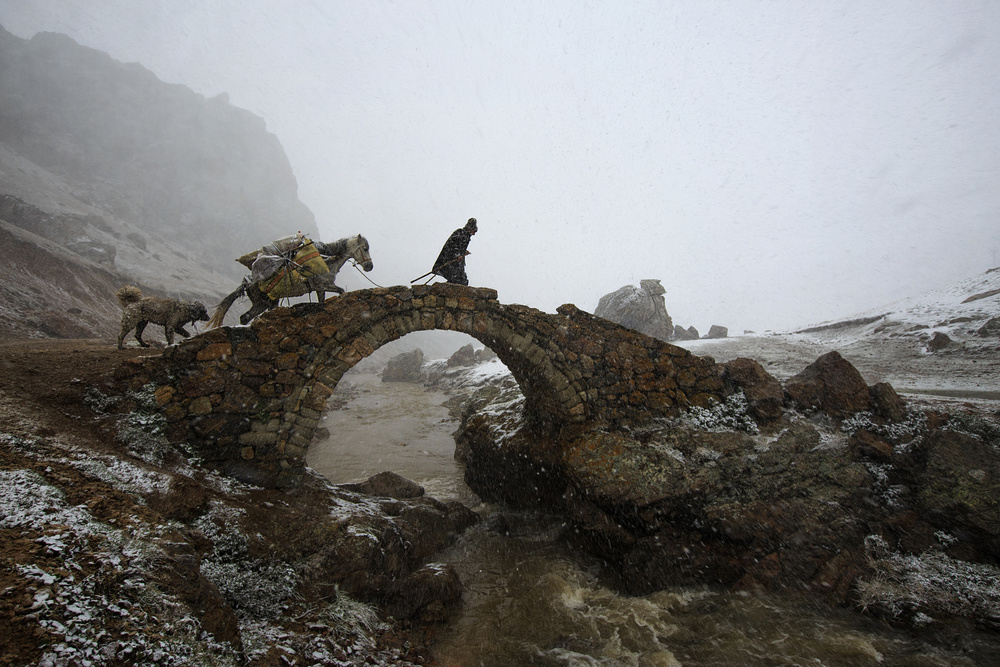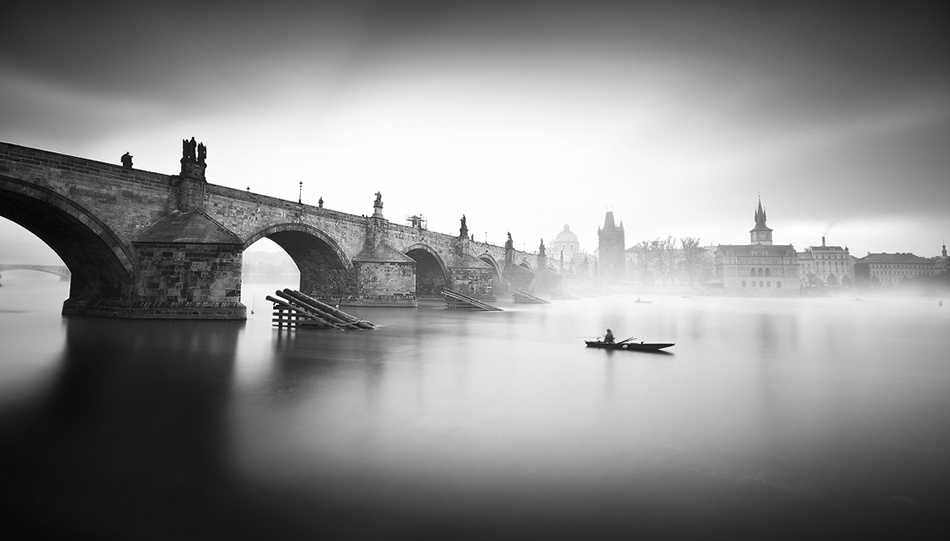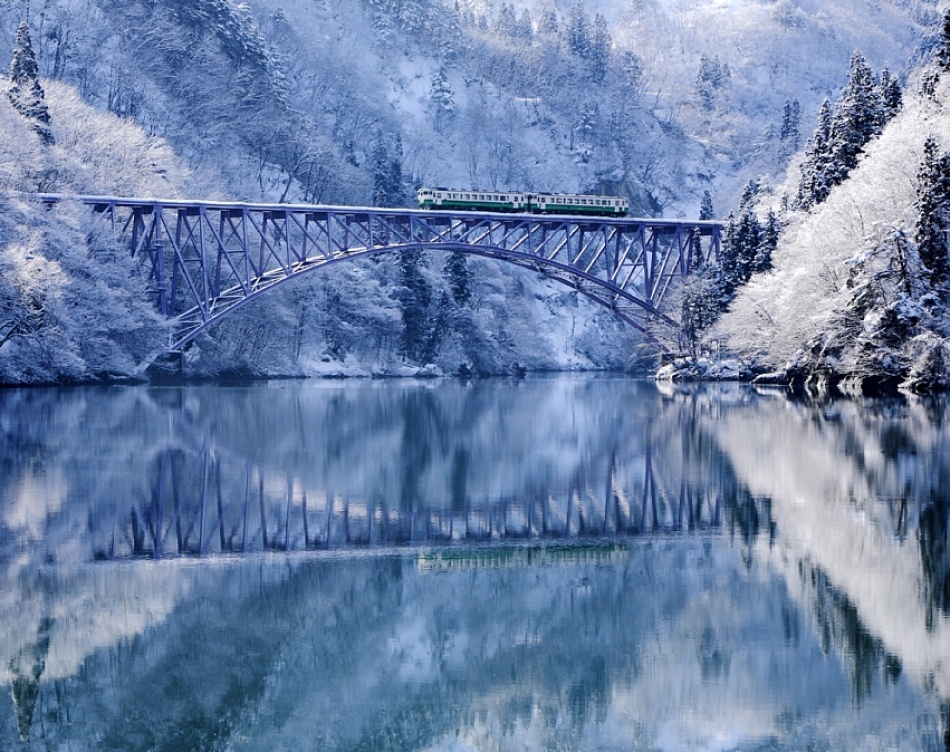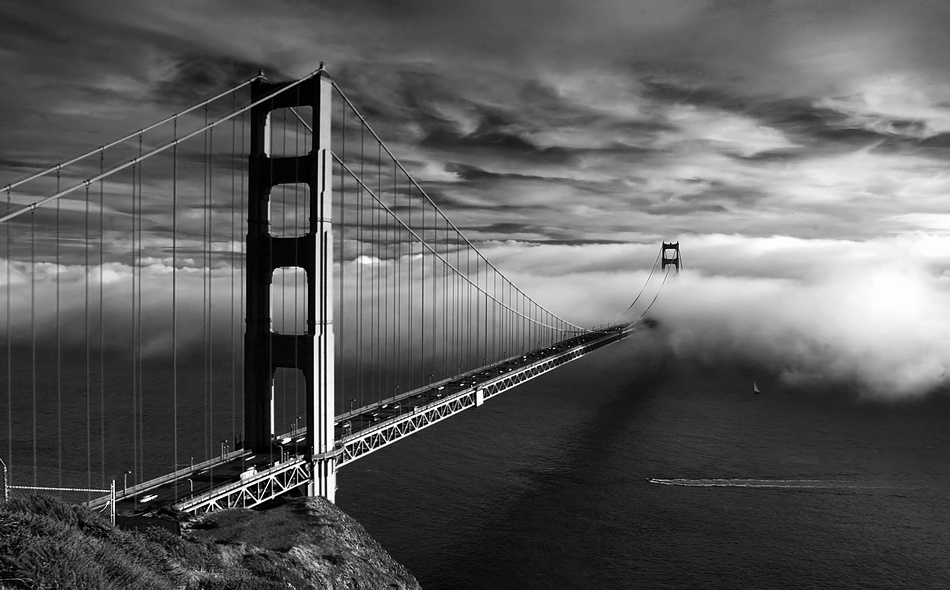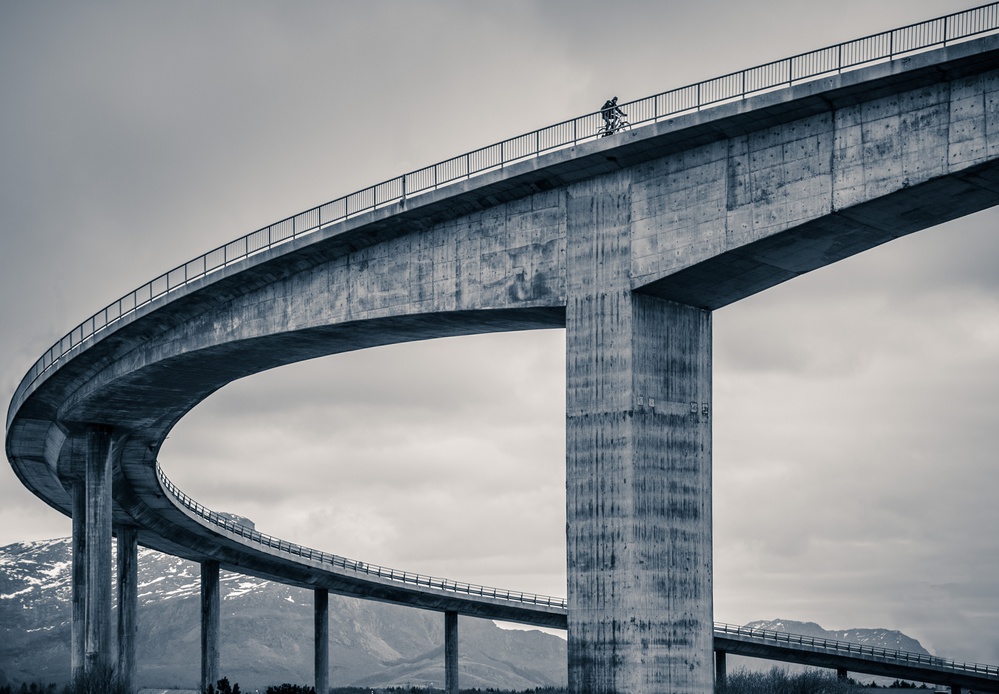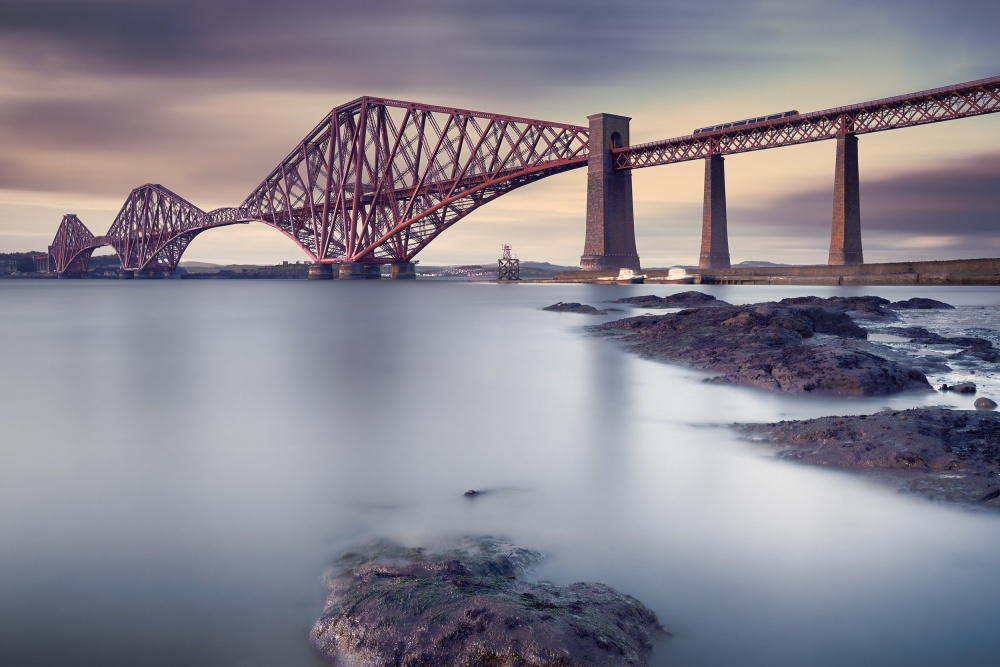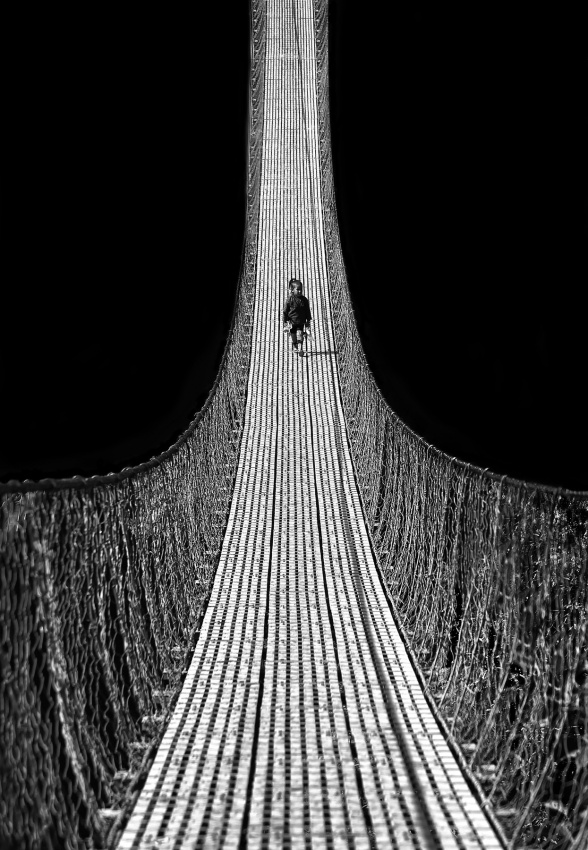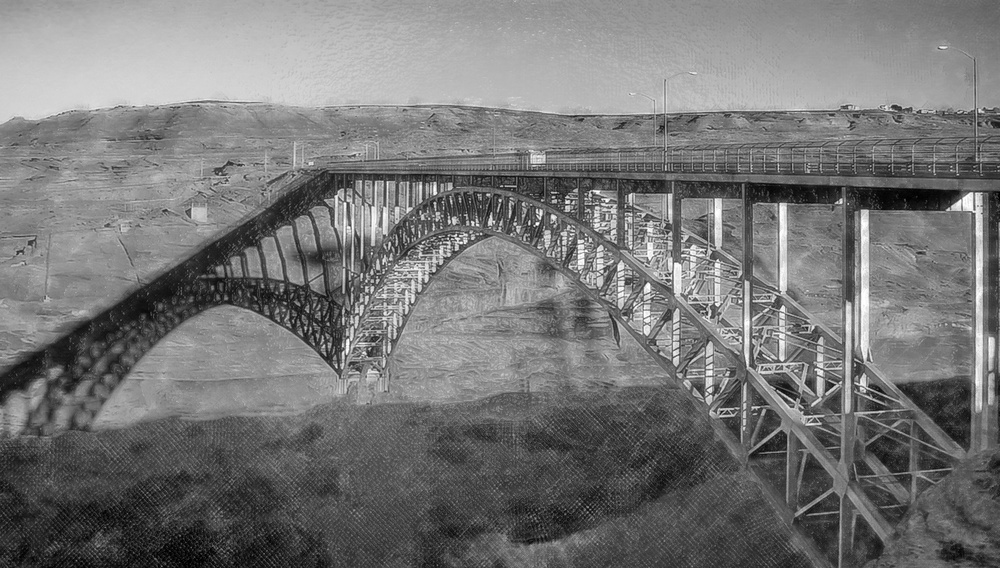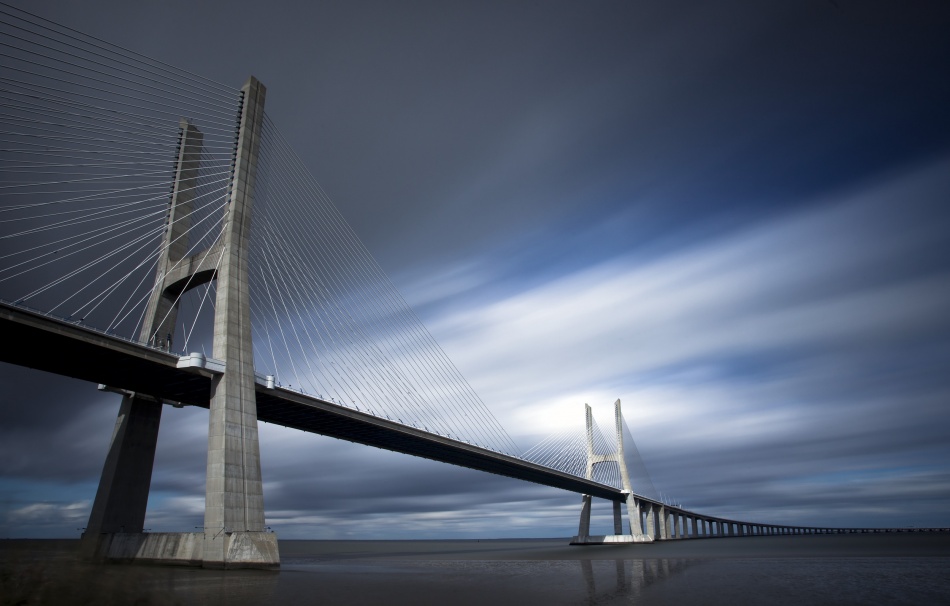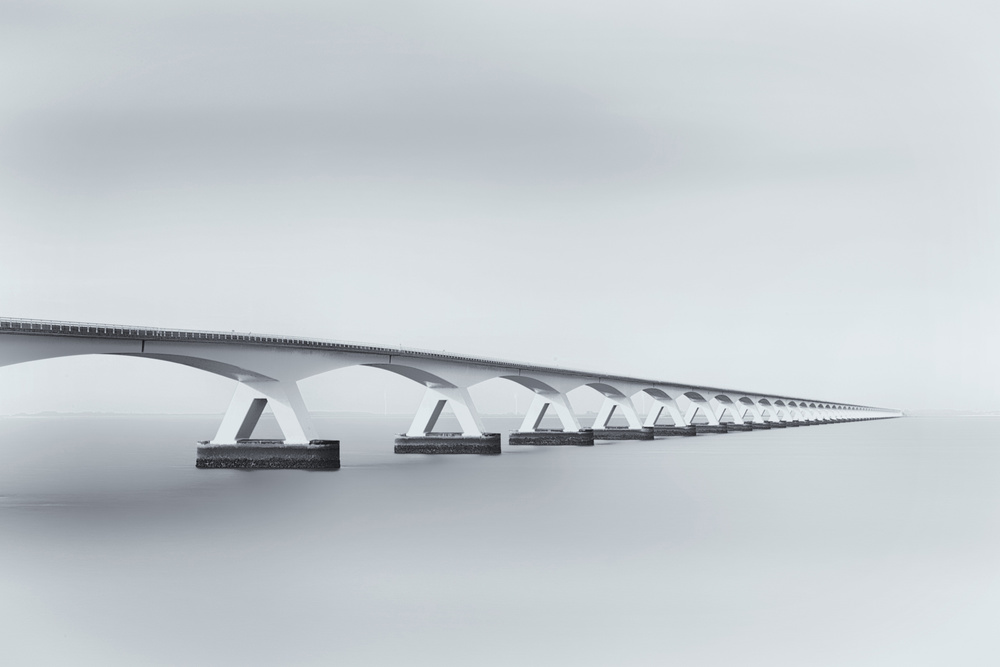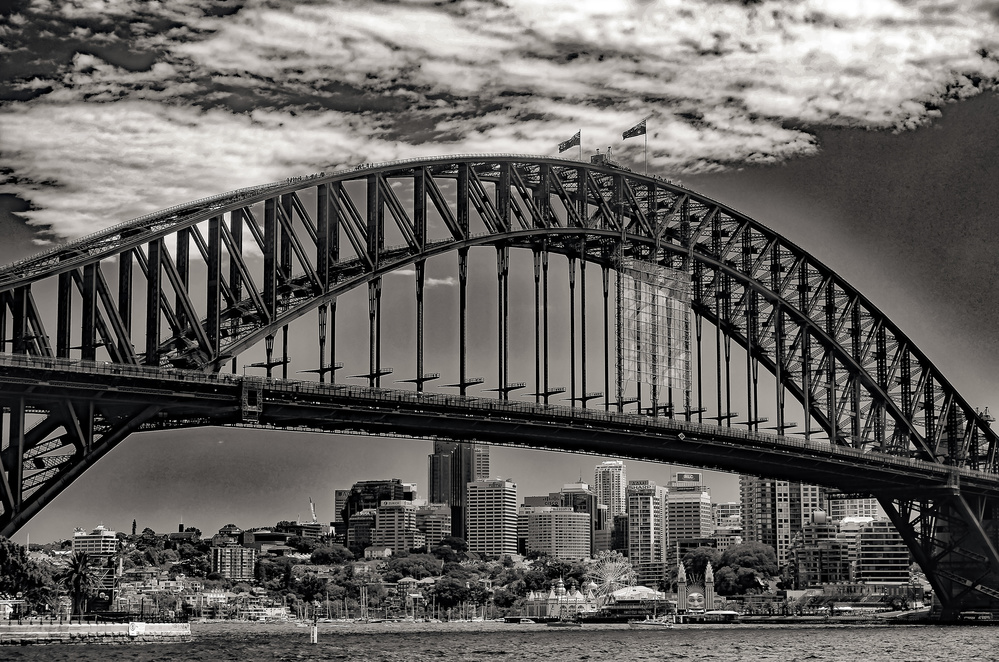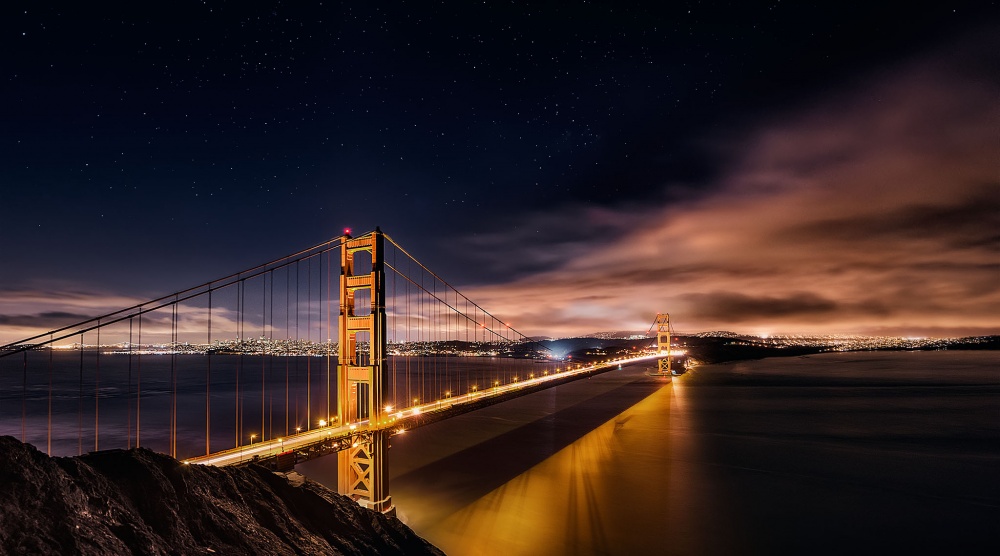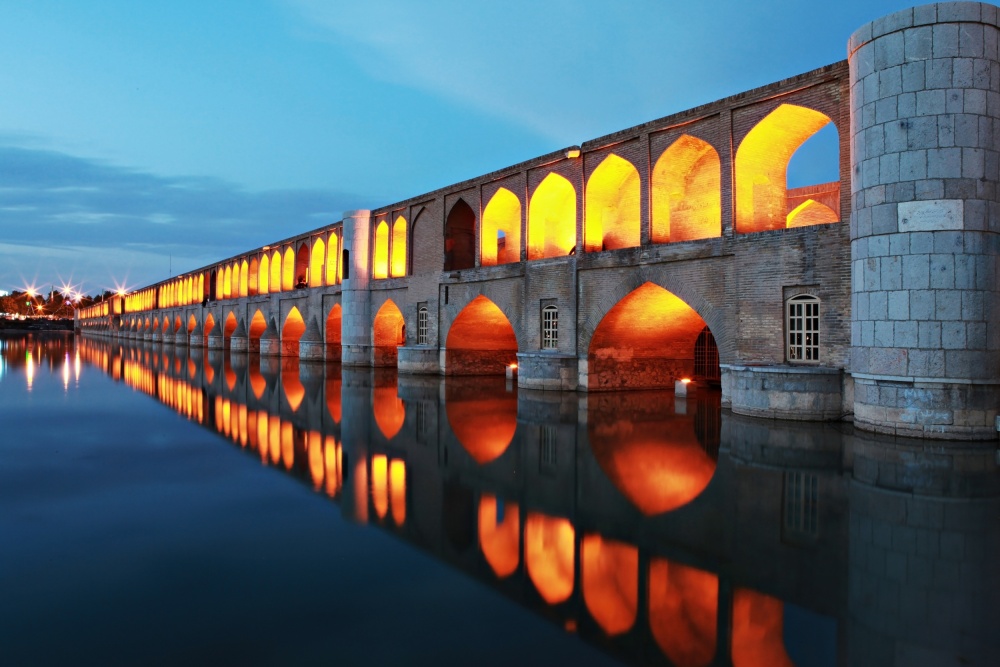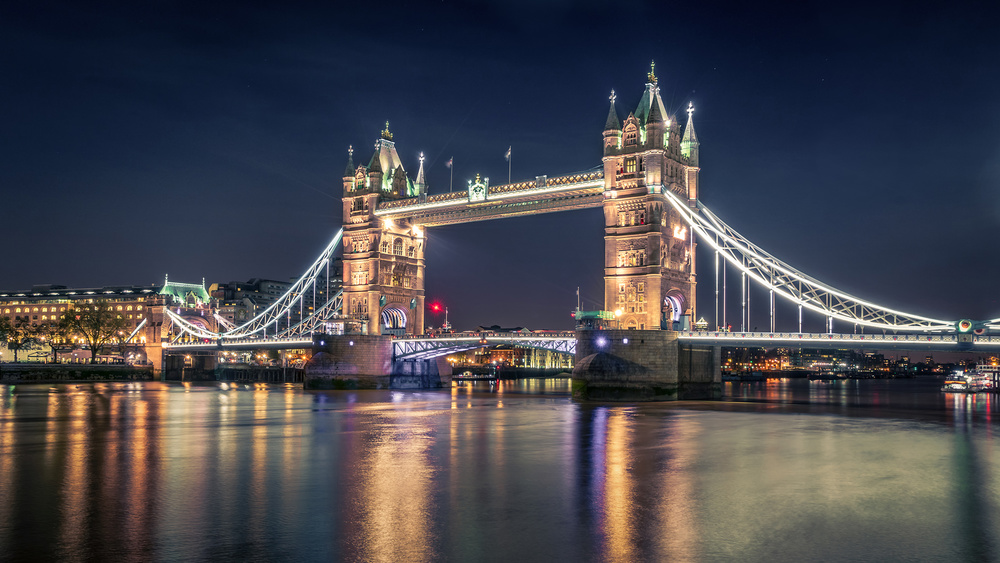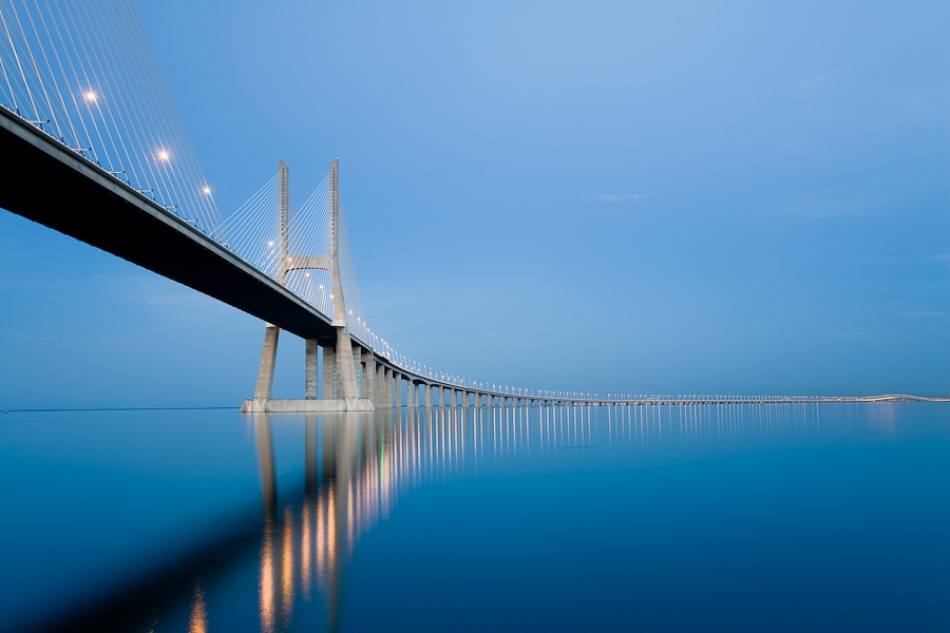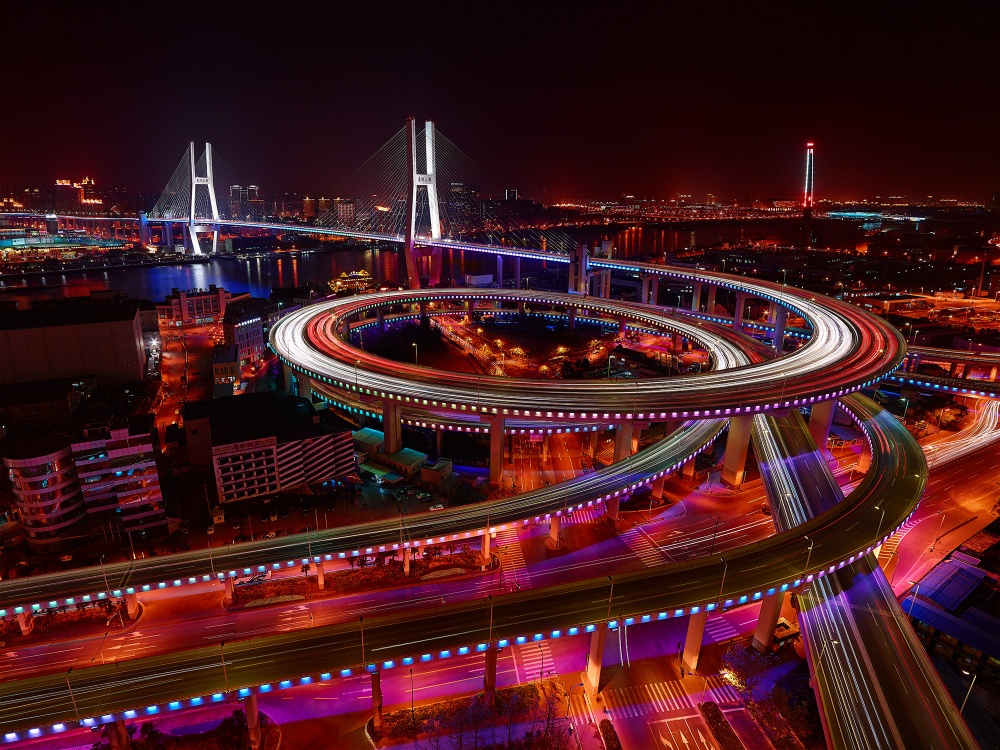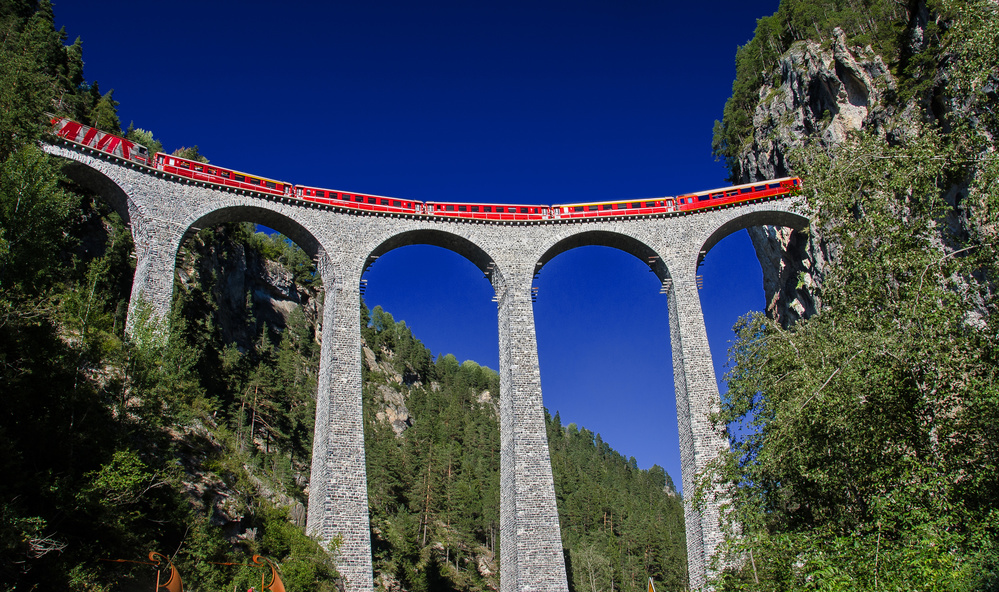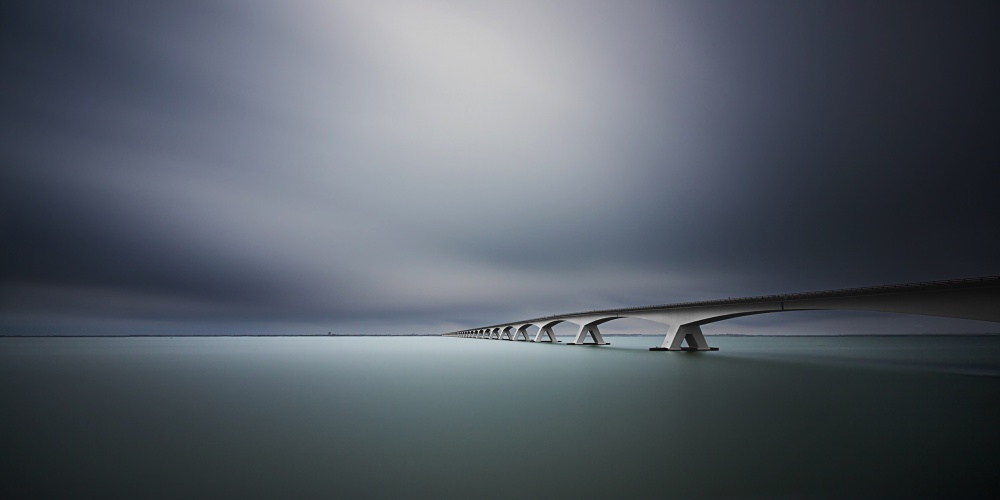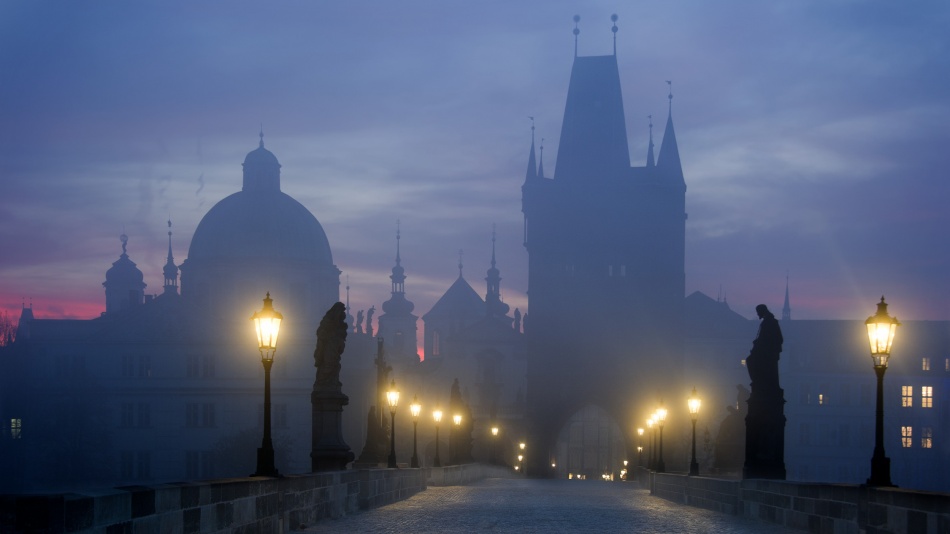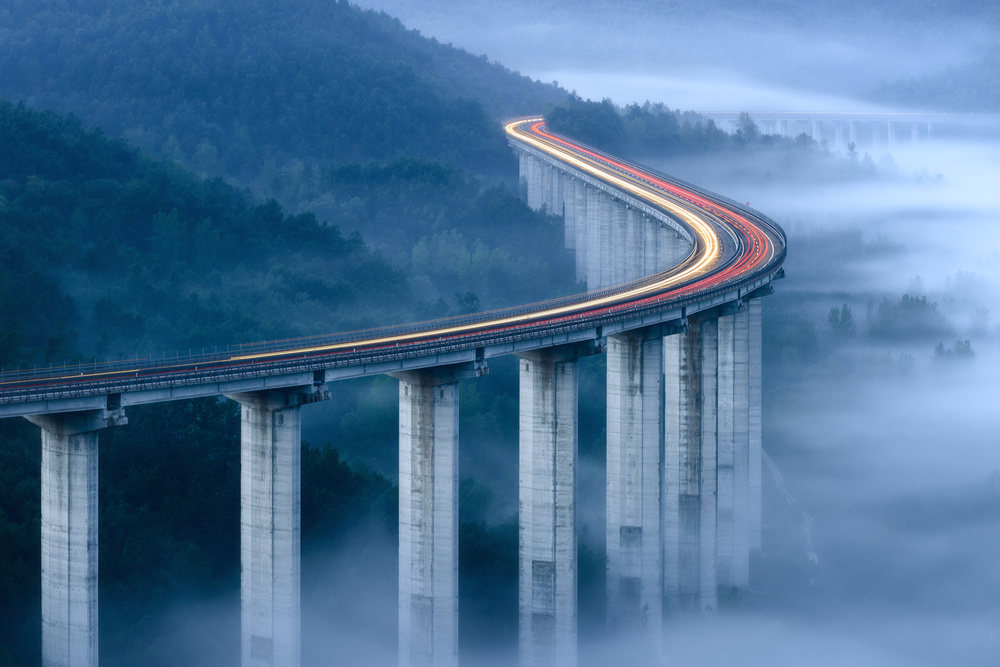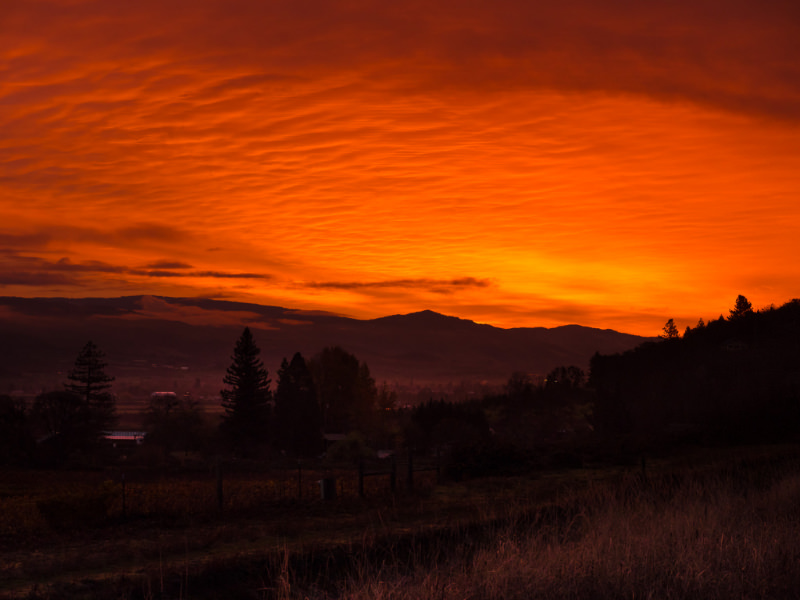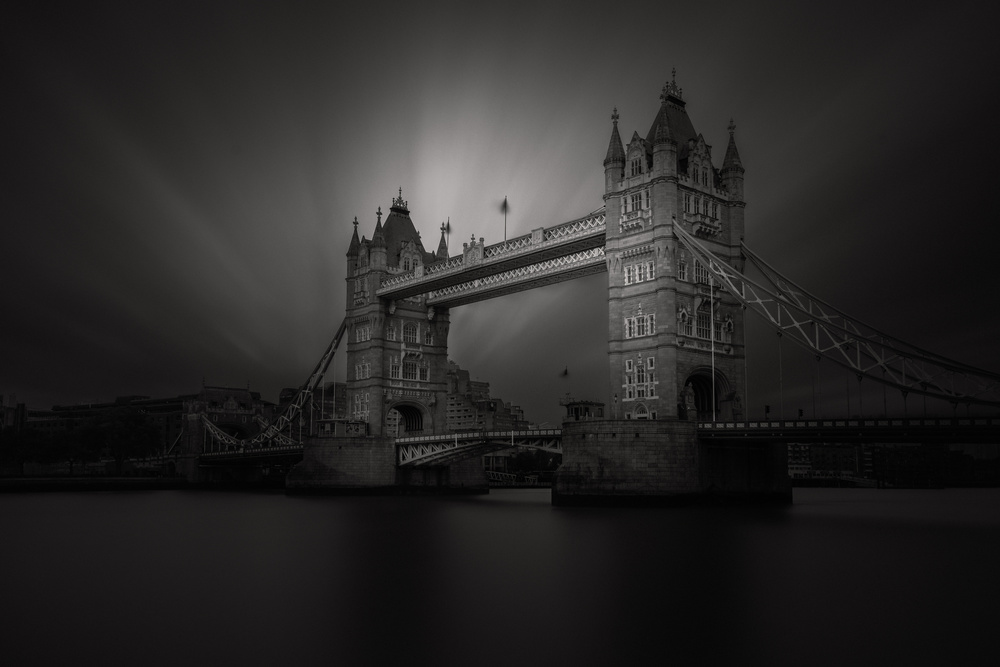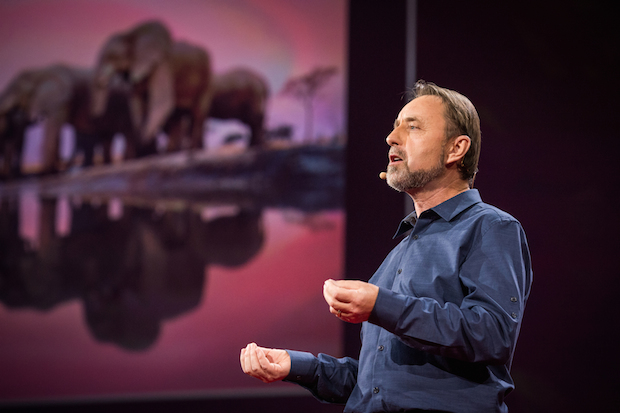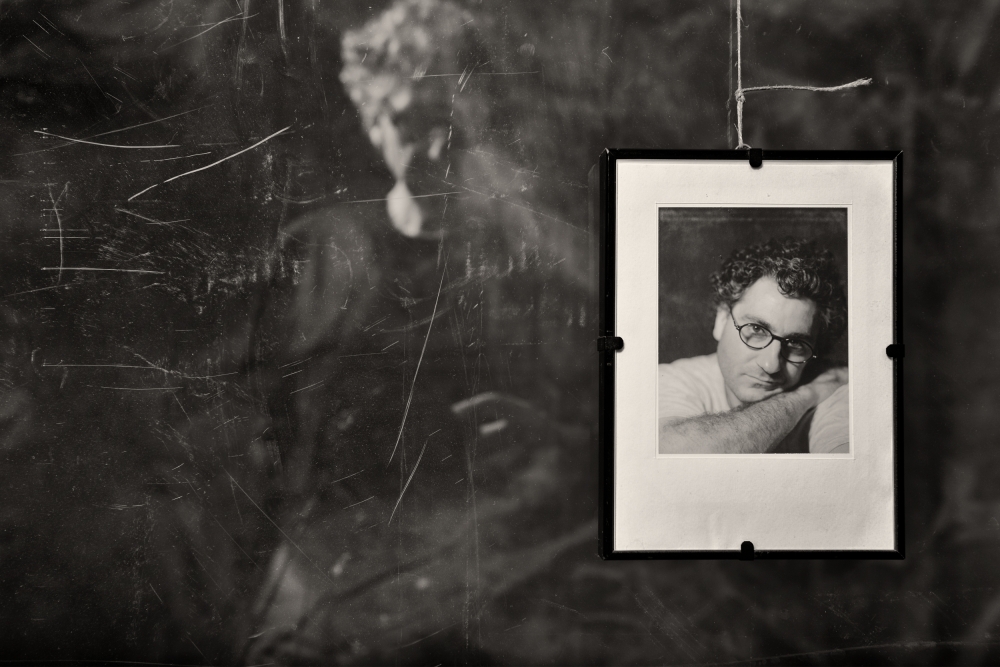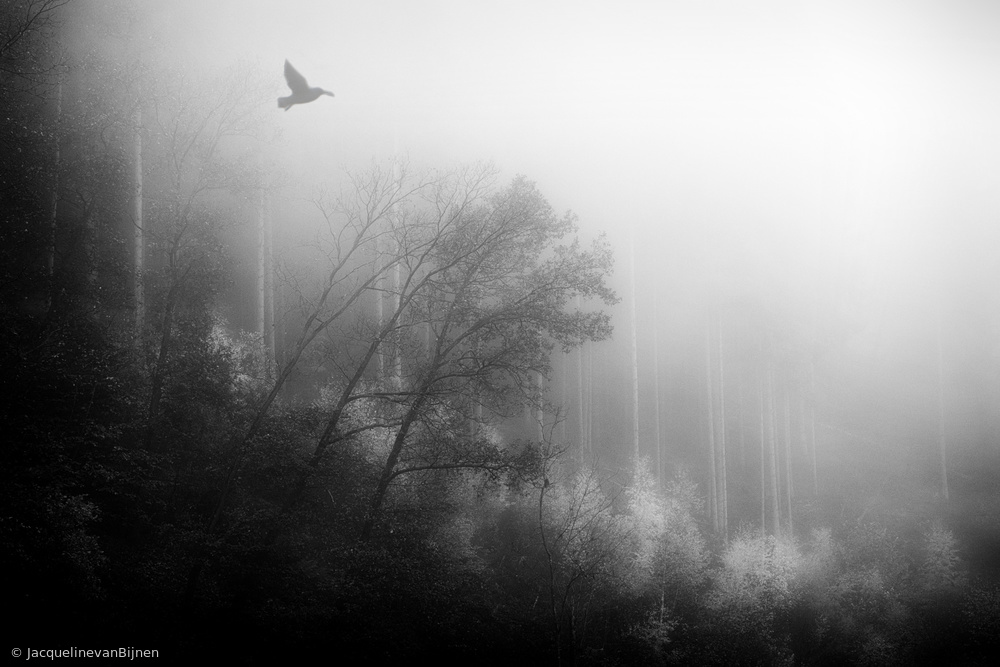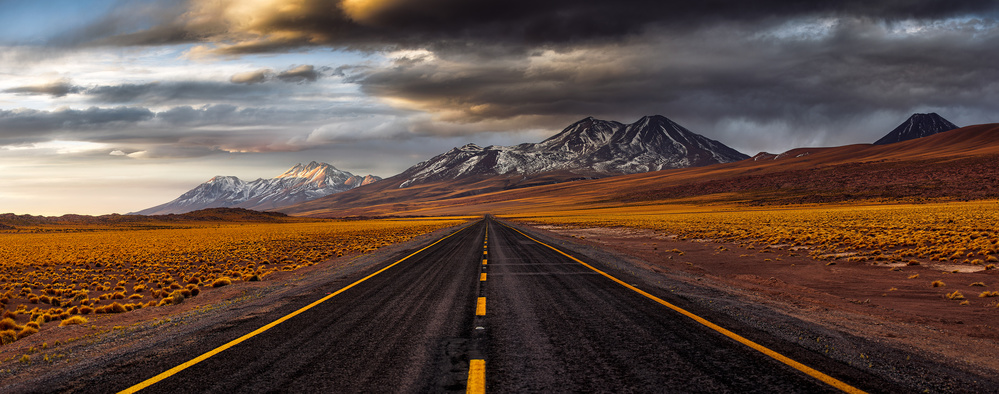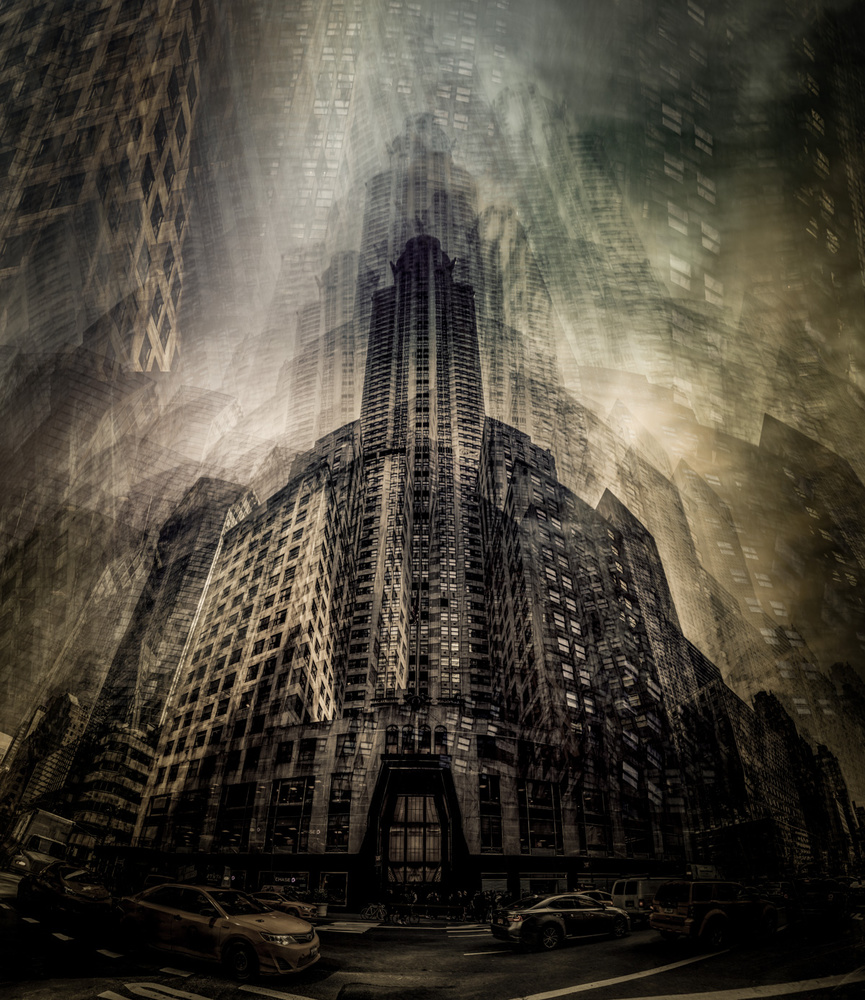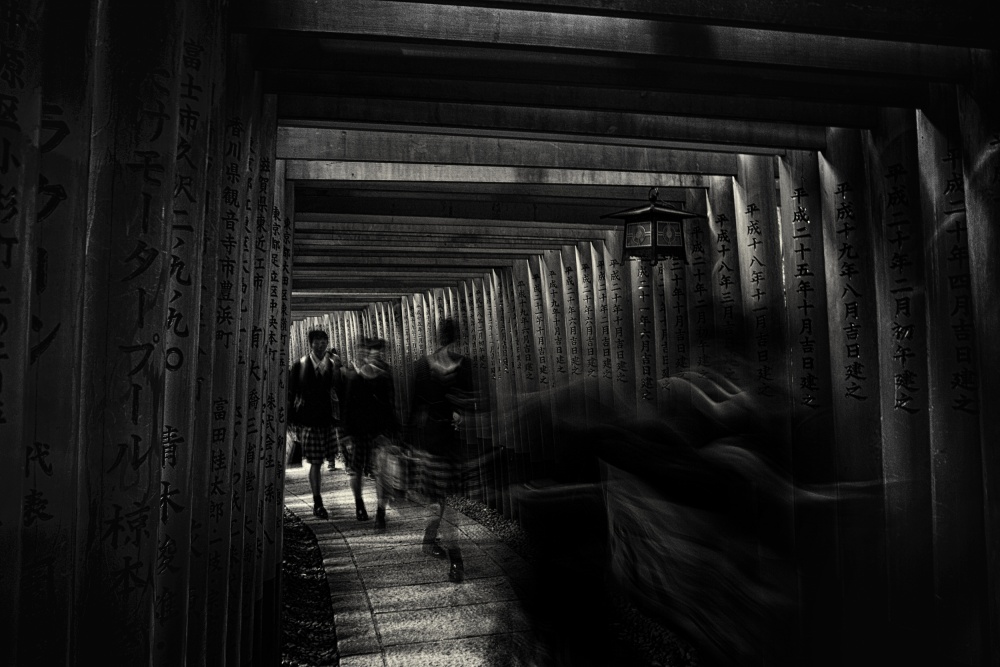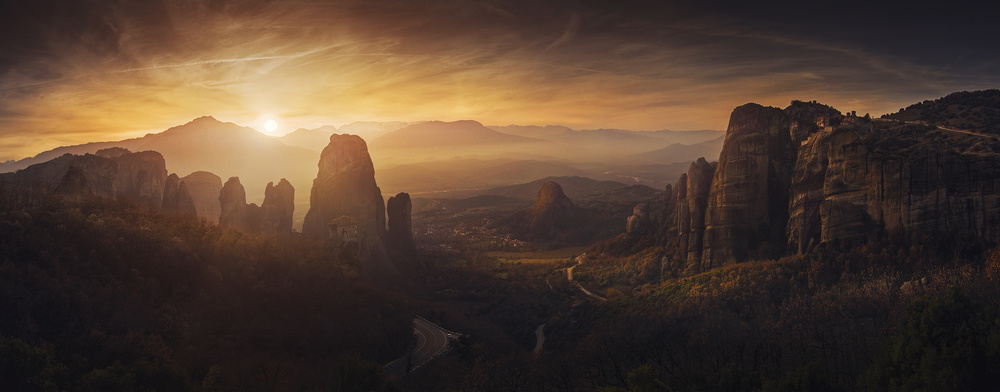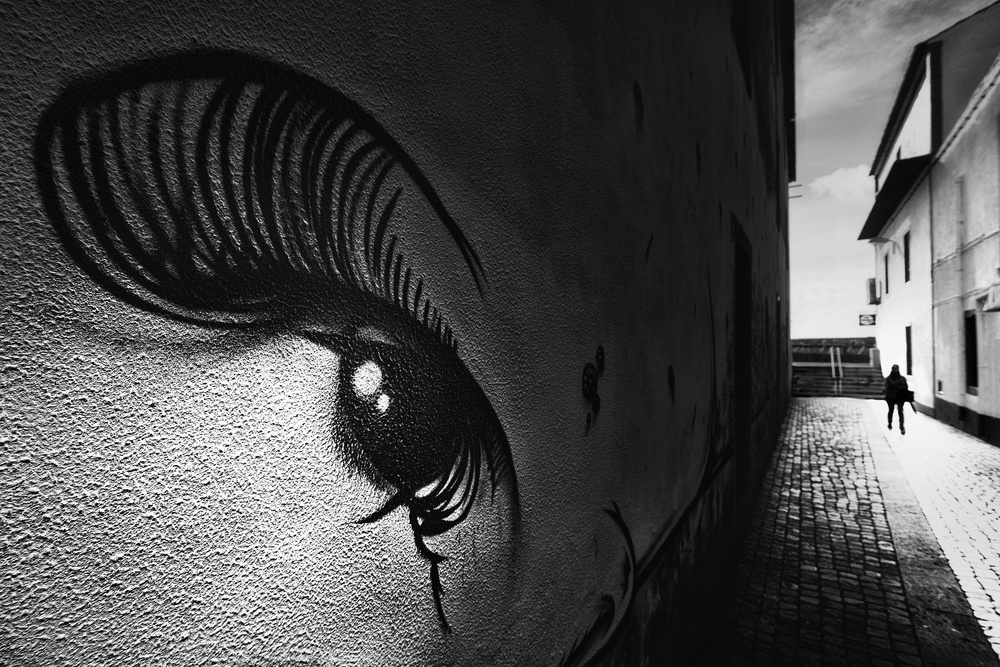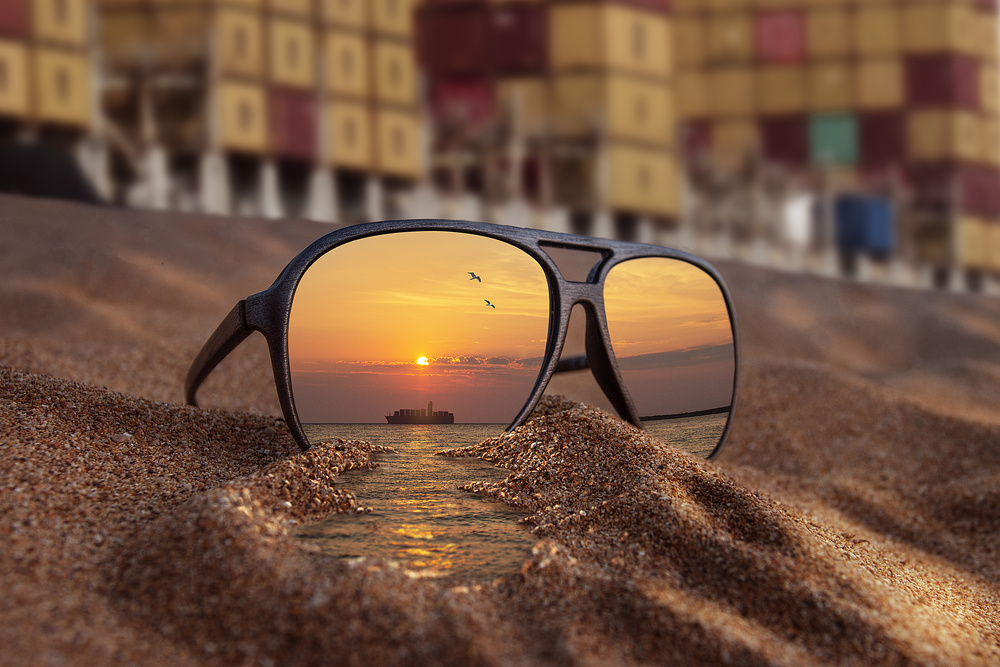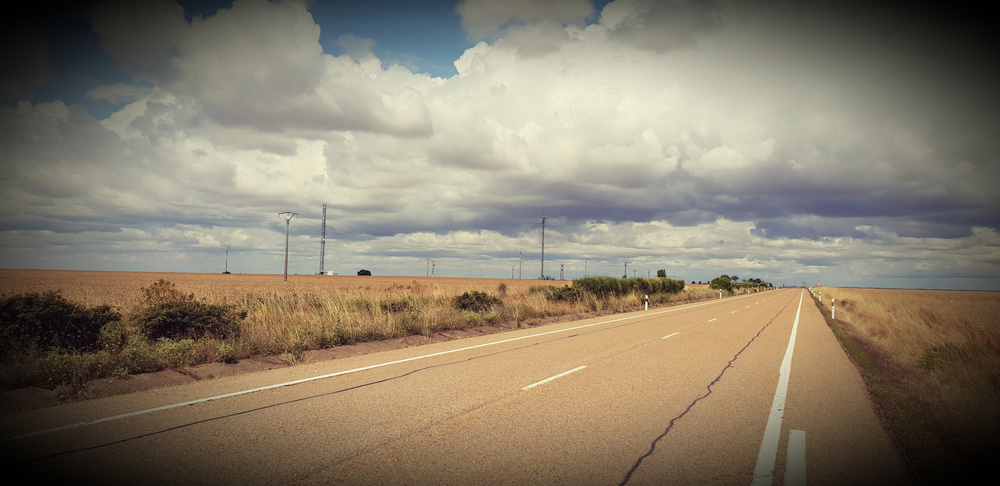Tips & Tricks
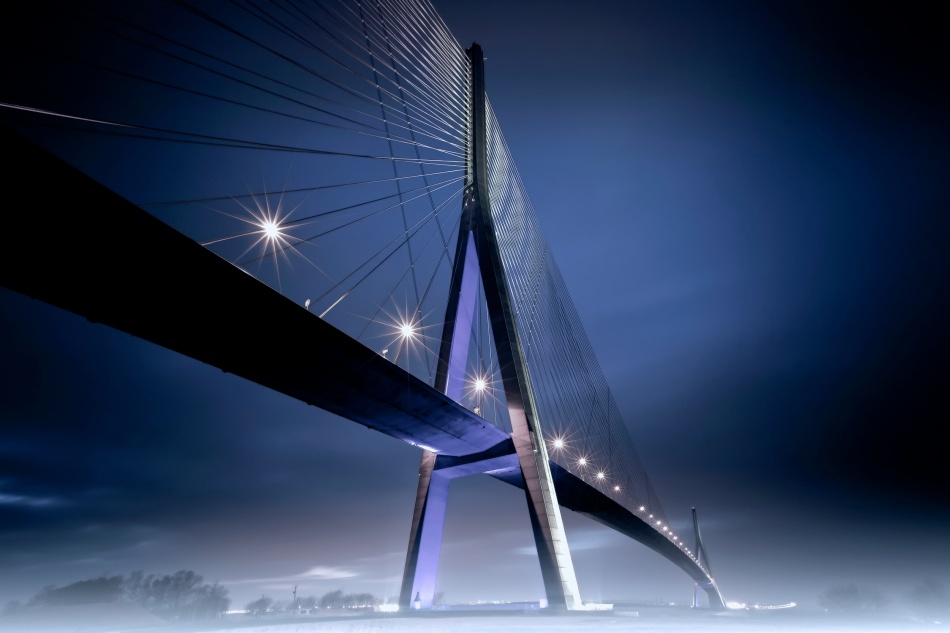
Bridges: Engineering Wonders
1x Blog-Tips & Tricksby Editor Miro Susta
Photographing bridges, a simple matter? Not at all! In many bridges the photographer comes through terrain conditions even in a favorable "shooting position".
The wide-angle lens quickly reaches its limits. In addition, many concrete bridges, as they are to be found in the thousands, are not very photogenic.
Nevertheless, I present here some notable bridge photos from 1x gallery. Some of them have a special features (design and history), the others are just beautiful. Many thanks to all authors for their contribution.
The bridge is a transport structure that provides safer crossing over the rivers, highways, railways and other terrain obstacles.
The commonly used materials for the bridges construction are wood, bricks, stone, steel, concrete & reinforced concrete, high tensile concrete and latest also strong carbon fibres and fibre reinforced polymers.
Bridges are used for a variety of purposes, such as rail bridges, road or motorway bridges, pedestrian and cyclist footbridges, eco-ducts, for industrial installations and also aqueducts.
The longest sea-crossing bridge is the Hong Kong – Zhuhai – Macau (with six lanes, underwater tunnels and artificial islands); it is 55 km long, however the longest bridge of any kind is the Danyang–Kunshan Grand Bridge which is around three times as long at 165 km, it is also situated in China (unfortunately photos not available in 1x photo gallery).
History of bridges
The first bridges were tree trunks that fell into water and/or simple wooden structures across watercourses.
Later, with improvements in woodworking technology, bridge builders used wooden logs and overhanging beams laid across the barrier; longer bridges were built with stone pillars.
In some areas, the liana was more accessible, from which the so-called hanging (suspension) bridges were built.
In the Roman Empire they knew the vault, which is one of the basic building blocks not only of stone & bricks bridges but also large aqueducts which have been built close to larger cities.
After the collapse of the empire, the builders in the successor states established the Roman Bridge building knowledge.
The rise of the Gothic and the development of the mighty kingdoms improved the construction of bridges. The bridges were built with larger arches, from this time the old famous Prague Charles Bridge in the Czech Republic originate.
The industrialization has brought major changes in bridge construction. The development of the railroad has increased the demand for these structures at reasonable price and durability. Initially, wooden bridges and viaducts, bridges made of several smaller arches, stone and bricks were built. Gradually, cast iron was increasingly used in bridge construction.
The first iron bridge was built in 1779 across the River Severn in England. Larger steel bridges started to be built once steel production has improved. Large demand for steel bridges led to factories able to produce standardized parts.
In the 19th and early 20th centuries, steel was such a stronghold that large and wide spanners of chain and rope bridges could be built.
In the 20th century, concrete, reinforced concrete and pre-stressed concrete were decisive for the construction of bridges and viaducts.
In recent years, the use of fiber-reinforced polymers (FRP) as a construction element in bridge construction has increased significantly.
This is due to the advantageous properties of these materials, such as low specific weight combined with high strength, the possibility of producing any shape, high resistance to corrosion and fatigue, and easy maintenance.
Types of Bridges
Cantilever Bridge
The Cantilever Bridge is built using cantilevers, which are structures that protrude horizontally into space, supported only at one end.
In the case of small pedestrian bridges, it may be simple beams, but in the case of large bridges for road or rail transport, beams made of structural steel or beams of pre-stressed concrete are used.
This type pf bridge with steel beams was a great breakthrough when first put into practice because it can manage long distances using a simple construction.
Hanging Bridge
The Hanging Bridge is a type of bridge whose construction system is based on a freely hanging rope with rigidly secure, stationary ends.
In general, there are two basic groups of hanging bridges, namely a simple hanging bridge and a hanging bridge with a suspended bridge. Of all bridge types, suspension bridges allow the largest span.
Arched Bridge
The structure of Arched Bridges fixes and supports the arc-shaped main members in the horizontal direction at both ends.
The applied spans are generally about 50 to 170 m long; the longest arch bridge in the world is the Shanghai Lupu Bridge, with an effective span of 550 meters.
Suspension bridge
Suspension bridges are hinged on ropes, chains, cables or steel ropes. Either strength or stability can be comparable to pillar bridges, or it can be a cello design that is subject to strong fluctuations.
The Beam Bridge
The Beam Bridge is the simplest and oldest bridge type, one of the most widespread types of bridges. The beam bridge consists of one or more spans which are supported by an abutment or pier at each end. Typical length of an abutment ia about 35 meters or less.
Movable Bridge
In the past, movable bridges had a predominantly defensive purpose. At present, the movable bridge is mostly built if it overcomes the watercourse that serves as a waterway, and it would not be possible or effective to build it so high that it does not collide with ships moving on the waterway.
Selected notable bridges with photos from 1x gallery
The Sydney Harbor Bridge is one of the most significant symbols of Sydney and Australia, opened in 1932. It is the widest steel arch bridge in the world (49 m wide) and the world's highest steel arch bridge (134 m from the highest point of construction to the water surface).
The Golden Gate Bridge in San Francisco, USA, is one of the longest and most famous suspension bridges in the world. The 2.7 km long and 27.4 m wide steel bridge crosses the Strait of San Francisco at the mouth of the San Francisco Bay to the Pacific Ocean, linking San Francisco to the southern peninsula with Marin County on the north.
It is not just a traffic junction, but also a symbol of San Francisco and a tourist attraction. A total of 120,000 cars pass through it daily. The famous bridge also attracts suicide, according to unofficial statistics it has already 1 200 victims.
The remarkable in Isfahan, Iran belongs to eleven famous bridges in Isfaham and it is highly ranked as being one of the most famous examples of Safavid bridge design (another beautiful one is the Khuyah Bridge; photo not available).
The famous Tower Bridge, an iconic symbol of London,is a combined bascule and suspension crosses the River Thames close tothe Tower of London and has become an iconic symbol of London.
The bridge is 244 m in length with twotowers each 65 m high, built on piers. The central span of 61 m between the towers is split into two equal bascules or leaves, which can be raised to an angle of 86 degrees to allow river traffic to pass.
The Vasco da Gama Bridge, which spans across the River Tajo near Lisbon, measures 17.2 km and is the longest bridge in Europe.
It was opened it on 29 March 1998 on the occasion of the international exhibition Expo 98, which focused on the 500th anniversary of the discovery of a maritime voyage to India by the famous Portuguese sailor Vasco da Gama. The bridge runs in six lanes from the north to Lisbon.
Nanpu Bridge in Shanghai China is the world's 4th longest suspended bridge, with a total length of 8.3 km. Known primarily for his interesting and innovative multi-span circular raid, which has resolved the space problem in the city.
Landwasser Viaduct is located between Thusis and St. Moritz in the Swiss Alps. It is most spectacular construction on the 63 km Albula and Bernina railway routes which form part of the UNESCO World Heritage list.
The construction of the main pillars of the viaduct in 1901/1902 was considered a huge architectural feat, as this took place without scaffolding and using solely two cranes.
Zeeland Bridge was built between Zierikzee and Colijnsplaat in Netherlands. With its length of 5 km it is the longest bridge of the country.
The construction of the bridge began in 1963. On the 15th of December 1967 the bridge was officially opened by late Queen Juliana.
Charles Bridge is one of the oldest preserved bridges in the Czech Republic. The Charles Bridge links the Prague Old Town and Lesser Quarter, measuring more than 500 m in length, over 9 m in width and 13 m in high.
It has a total of 16 bridge arches and 15 pillars. The construction of the bridge, which began in 1357, was completed in 1402. During last centuries the Charles Bridge was threatened by the submerged Vltava and military operations.
Pietrasecca Viaduct is at least 100 m high; it snakes more than a 1.6 km through an S-shaped course in Italy’s hilly Abruzzo region. The dozens of concrete beam spans measure 45 m each. The viaduct was completed in 1970.
Some more notable bridges
however without photos because not available in 1x-gallery.
Should you have one or more, please do not hesitate to publish it/them in 1x.
Chineese Danyang-Kunshan Grand Bridge is the world's longest bridge in all categories.
The famous Italian Ponte Vecchio medieval bridge over the Arno River in Florence.
Mexican Baluarte Bridge, which is the 2nd highest in the world.
Lupu Bridge in Shanghai, spanning the Huangpu River, is the world's second largest steel arch bridge.
Viaduct Millau is a suspended motorway bridge in southern France.
Seri Wawasan Bridge, the futuristic rope bridge in Malaysia.
Henderson Waves is the highest pedestrian bridge in Singapore.
New Brunswick Hartland Bridge in New Brunswick, Canada, is the longest covered bridge in the world.
Japanese Akashi-Kaikjó Bridge, or the Pearl Bridge is, with the span of the main field 1,991 meters, the longest suspended bridge in the world.
Banpo Bridge is the main bridge over the Han River in Seoul, South Korea.
The Old Bridge was a 16th century bridge over the Neretva River in Bosnia and Herzegovina.
Confederation Bridge, Prince Edward Island, Canada.
The Brooklyn Bridge is the symbol of New York and also one of the oldest suspended bridges in the United States.
The Bridge over the Siduh River in China, near the Three Gorges, is currently the world's tallest bridge.
Colorado’s Royal Gorge Bridge is the top ten of the highest suspension bridges in the world.
The Bridge over the Öresund Strait connects Danish Copenhagen and Malmö, Sweden.
Chinese Jiaozhou Bay Bridge (Qingdao Bridge) is the the world's 2nd longest road bridge across the water.
. '

